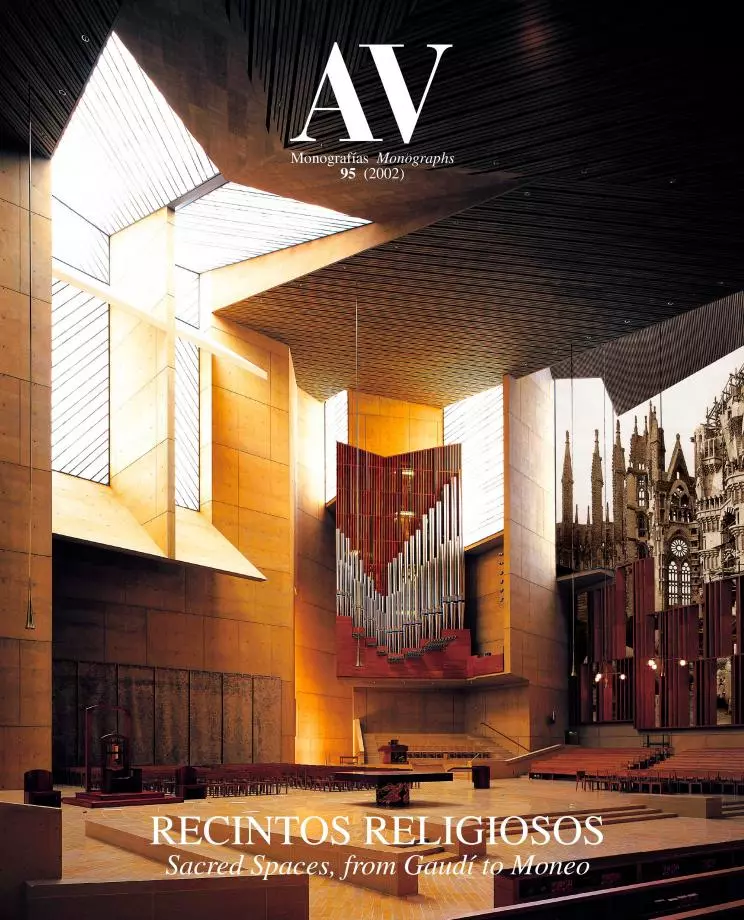Quaker Chapel, Houston
Leslie Elkins- Type Religious / Memorial Place of worship
- Material Wood
- City Houston
- Country United States
- Photograph Paul Hester
Beyond the clichés spread by a couple of films, little is known in Europe about the Quakers, a religious group that emigrated from England to the United States halfway through the seventeenth century, and whose name comes from the contortions and quivers through which they expressed their fervor. Without an external cult nor religious hierarchy, they still call themselves a “society of Friends” and gather in “meetings” that, depending on their turn out, occur every month, trimester or year. In the Texan region of Houston – far from the New England where they initially settled – the congregation of Live Oak Friends had been meeting in a ballroom that, presided by a disco ball, gave clear signs of its use as a nightclub.
Such precariousness made it necessary to build a chapel that could comfortably house up to 75 members in a sacred premise. Aiming to obtain financing for the project, a prominent artistic work was integrated in its design so as to attract fund-raisers foreign to the community of Friends; a resource that had already been used in the octagonal chapel that Mark Rothko painted in the museum district of the same city.
Following the Quaker premises of austerity and simplicity, the temple is an archetypal and elementary volume clad in wood painted in gray and rounded off by a double-pitched roof. In the interior, the main area of worship is a single space without iconographic elements and where the seating arrangement follows a centered symmetry. There, the members gather in silence to tend to the “inner light” that they identify with Godly presence. And this light precisely is the theme of the artwork by James Turrell that presides the main chamber. The American artist – that grew up in a Quaker community – has opened a skylight, of approximately one square meter, that weightlessly frames a piece of sky. The main chamber is thereby drawn closer to the sky, barely an abstract and blue plan that establishes a changing dialog through the constant and artificial illumination of the roof plan. The contrasts of light reach a high point at dawn and at dusk, when the exterior conditions change more rapidly. At nightfall, the central opening is covered with a retractable segment of roof and is artificially illuminated with a blue light that Turrell proposes as an artwork independent from the previous one, but that equally gives an answer to the religious need of making tangible the experience of the “inner light”...[+]
Cliente Client
Live Oak Friends Meeting
Arquitecta Architect
Leslie Elkins
Colaboradores Collaborators
Lenja Gould, Ben Thorne (arquitectos architects); James Turrell (artista artist)
Consultores Consultants
James Austin (estructura structure); Karen Rose (obra civil civil engineering); Day Brown Rice (instalaciones mechanical engineering)
Contratista Contractor
W.S. Bellows Contractors
Fotos Photos
Paul Hester







